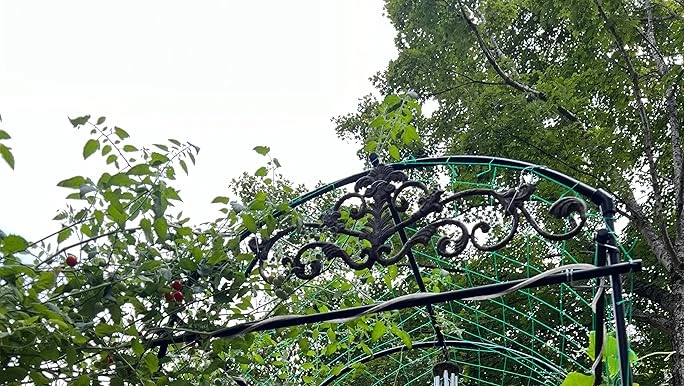Dec . 31, 2024 16:49 Back to list
Exploring Different Sizes of Gabion Boxes for Various Applications
Understanding the Size of Gabion Boxes A Comprehensive Guide
Gabion boxes have gained significant popularity in landscape architecture, construction, and environmental projects due to their versatility and effectiveness in various applications. These wire mesh containers filled with stones or other materials serve multiple purposes, from erosion control to decorative elements in garden design. One key aspect that determines their effectiveness and suitability for a project is their size. In this article, we will explore the size of gabion boxes, considerations for choosing the right dimensions, and how to use them effectively.
What Are Gabion Boxes?
Gabion boxes are essentially large cages made from welded wire mesh or hexagonal wire netting. They are typically filled with natural stones, but they can also be filled with concrete, recycled materials, or even vegetation. The filled boxes are then stacked or arranged to form walls, barriers, or decorative features. Their robust construction allows them to withstand harsh weather conditions and provide structural support or erosion resistance.
Determining the Size of Gabion Boxes
The size of gabion boxes can vary widely, depending on their intended use and the specifications of the project. Common standard sizes include
1. Small Gabion Boxes These generally measure around 2 feet by 2 feet by 2 feet (0.6m x 0.6m x 0.6m) and are ideal for small landscaping projects, such as garden edging or decorative features.
2. Medium Gabion Boxes These usually measure around 3 feet by 3 feet by 3 feet (0.9m x 0.9m x 0.9m) and are suitable for moderate projects like retaining walls or erosion control applications.
3. Large Gabion Boxes These can be as large as 6 feet by 3 feet by 3 feet (1.8m x 0.9m x 0.9m) or even larger, depending on the project requirements. They are often used in civil engineering projects, such as riverbank stabilization or large-scale retaining walls.
When choosing the right size for your gabion boxes, consider the following factors
1
. Purpose and Functionalitysize of gabion box

The primary purpose of the gabion box will greatly influence its size. For example, if the goal is to create a small decorative feature in a garden, a smaller box may suffice. Conversely, if the intention is to build a substantial retaining wall or an erosion control structure, larger boxes will be necessary to provide adequate stability and support.
2. Site Conditions
The location where the gabion boxes will be installed is also a crucial factor. For instance, a steep slope may require larger boxes that can handle the additional soil pressure and potential water runoff. Additionally, consider the availability of materials—if large stones are readily available, it may make sense to use larger gabion boxes.
3. Aesthetic Considerations
In landscaping applications, the size of gabion boxes can significantly impact the visual appeal of the design. Larger boxes can create bold, dramatic statements, while smaller boxes might blend more seamlessly into the surrounding environment. Consider how the size of the gabion box fits into the overall design scheme.
4. Regulatory and Environmental Factors
Some projects may be subject to local regulations regarding the size and placement of gabion structures, especially in environmental or flood control initiatives. It's essential to consult with local authorities or environmental agencies to ensure compliance.
5. Budget Constraints
Larger gabion boxes generally require more materials not only for the stone filling but also for construction, which can increase project costs. Therefore, it’s essential to align box size with your budget while still achieving your design and structural goals.
Conclusion
Gabion boxes are a versatile and effective solution for a variety of construction and landscaping needs. The size of these structures plays a pivotal role in their effectiveness, functionality, and aesthetic appeal. By considering the project's purpose, site conditions, regulatory requirements, and budget, you can determine the most suitable size for your gabion boxes. Whether small, medium, or large, these unique structures can enhance your project while providing essential benefits to the environment and structural integrity. Whether used for practical applications like erosion control or as decorative garden elements, gabion boxes can transform spaces with their rugged beauty and strength.
-
Reinforcing Mesh: Core Material of the Construction Industry
NewsJul.07,2025
-
Welded Wire Fabric Reinvented for Modern Projects
NewsJul.04,2025
-
Superiority of Stainless Steel Woven Mesh
NewsJul.04,2025
-
Key Types of Razor Wire and Their Applications
NewsJul.04,2025
-
Durable Metal Fence Types for Security
NewsJul.04,2025
-
Best Materials for Livestock Fence
NewsJul.04,2025
products.







